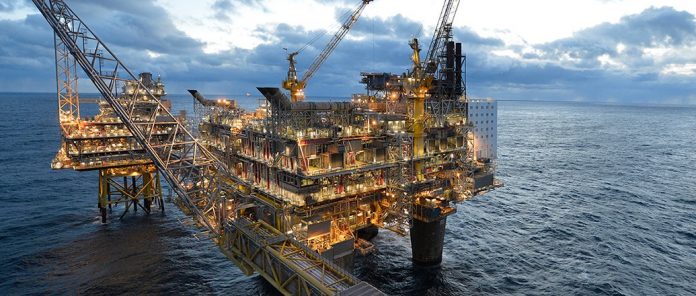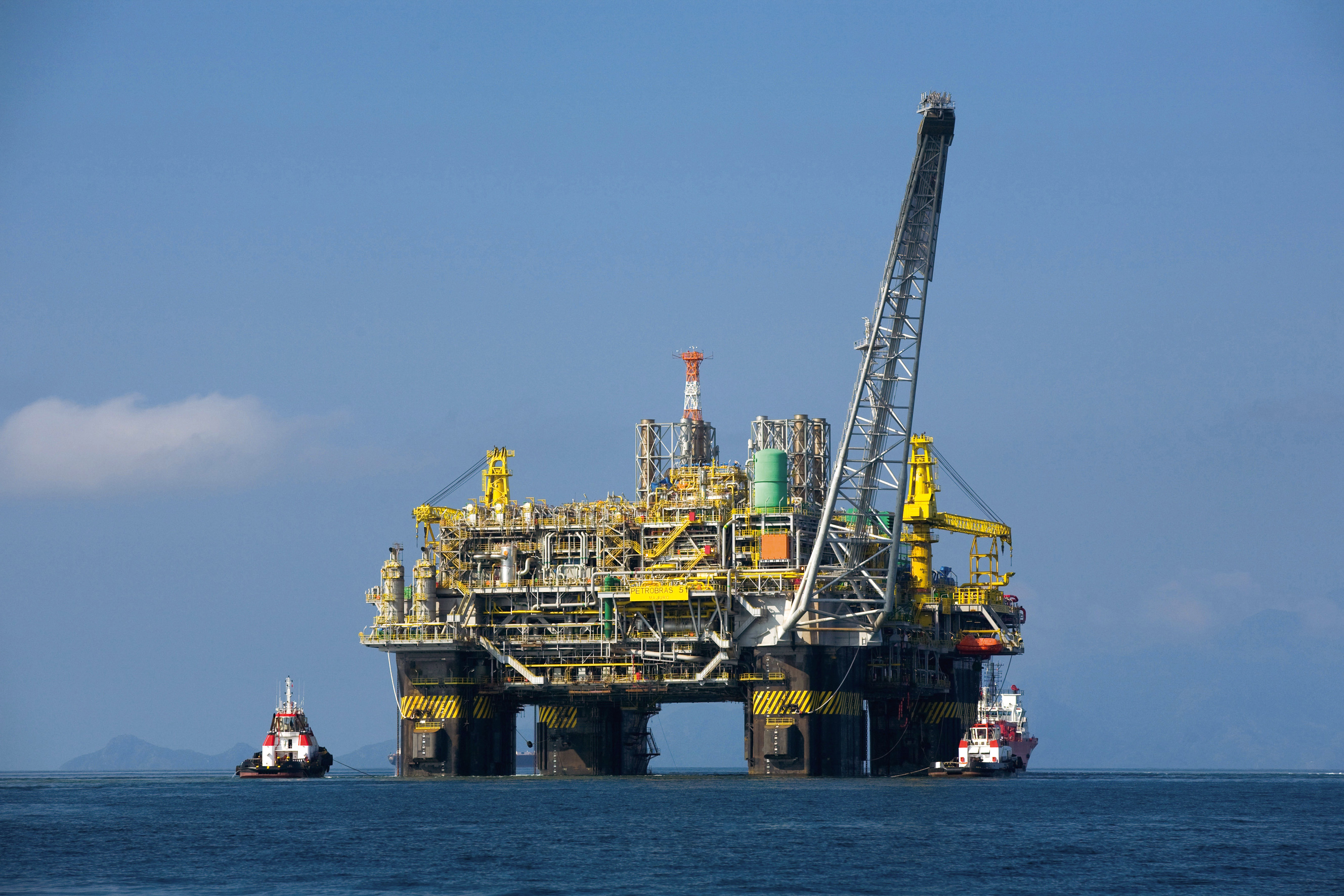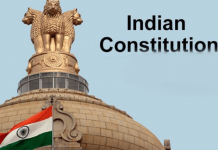This article is written by Anushka Singhal, a student of Symbiosis Law School, Noida. In this article, she discusses the regulations of the natural gas sector in India.
Table of Contents
Introduction
In India, the regulation and development of oilfields and mineral oil resources, petroleum and petroleum products, and other liquids and substances fall under the Union List (Article 246). India ranks in the twenties in the natural gas production list. In April 2020, India produced 2161.33 million metric standard cubic meters (MMSCM) natural gas. This amount is 10.88% lower than the target set for April. From these figures, one can easily make out how big the natural gas industry is in India. The bigger the industry the greater is the need for regulation. Therefore, to regulate the natural gas sector in India, several Acts have been passed by the legislature and various regulatory boards have been set up. Let us try to understand the regulation of the natural gas sector in India in detail.
Government’s policy for the natural gas sector
Government forms its policy for the natural gas sector in collaboration with its Ministry of Petroleum and Natural Gas (MoPNG). The ministry has its two important policies the New Exploration Licensing Policy (NELP) and the Hydrocarbon Exploration and Licensing Policy (HELP), which was formulated a few years back in 2016. The blocks for the purpose of exploration of natural gas are awarded based on the regime of these policies. Following is the categorization that can be made for licensing and exploration purposes-
- Nomination Regime and pre-NELP regime- This regime covers the licenses that were given during the 1970s (nomination regime) and those awarded during the 1980s (pre-NELP regime).
- NELP regime- This regime began in 1999 and continued till 2010, predominantly. During this regime, competitive international bidding took place where government share was determined from the profit petroleum after deduction of costs.
- HELP- This policy is aimed at more participation at the global level. Open Acreage licensing policy and uniform licensing are some of the prominent features of HELP. It is also based on a revenue-sharing model, and marketing and pricing freedom for the crude oil and natural gas produced.
A draft National Energy Policy has been issued by the National Institution for Transforming India Aayog that covers mechanisms to increase natural gas penetration in the energy mix.
Legislative enactments
The Petroleum Act, 1934
This Act governs the provisions related to storage, production, refining, blending, export, and import of petroleum in India. It also lays down the provisions for testing petroleum and the penalties for offences. As natural gas is also obtained as a byproduct of petroleum, these laws can apply to it.
Oilfields (Regulation and Development) Act of 1948
It is an Act that lays down the provisions for the regulation of oilfields and the development of mineral oil resources. Section 5 of the Act lays down that mineral oils include petroleum and natural gas. This Act empowers the government to lease and license the petroleum mines. It gives the power to the central government to make rules on mineral development. The government can introduce or prohibit any method for mining natural gas and petroleum products. According to Section 11 of the Act, any officer appointed by the government has the right to inspect any mine, examine any person having control of the mine, and order the concerned people to produce the relevant documents. This Act ensures that the mining activity is done properly and there are proper regulations for the same.
Petroleum and Natural Gas Rules, 1959
The Petroleum and Natural Gas Rules 1959, define natural gas, “as a gas obtained from bore-holes and consisting primarily of hydrocarbons”. These rules provide a framework for the grant of exploration licenses and mining leases, and together with the Petroleum Act, 1934, regulate the sale and distribution of petroleum and petroleum products. The provisions on exploration license and petroleum mining lease are provided under Sections 4 and 10 of these Rules. The licensees and lessees have certain responsibilities under these rules. Under Section 19 of the Rules, a lessee or licensee should-
- Ensure that the equipment, apparatus, wells, etc. are in proper condition.
- Should work properly under the customs of the profession.
If the conditions are not satisfied or there is some other misconduct on the part of the lessee or licensee then the license or lease can be determined under Section 21. This Act solidifies the provisions and makes them more binding.
The penalties under these Rules are not so strict. Section 32A of these rules lists down the penalties. An offender is punished with imprisonment up to six months or with a fine of up to Rs. 1000 or both. The repetitive offenders are punished with a fine of Rs. 100 per day, depending on the number of times they repeat the offence.
Petroleum and Minerals Pipeline Act,1962
This Act empowers the government to acquire any land for laying down pipelines for the transportation of minerals and petroleum. The government can acquire the appropriate land for laying down pipelines, but if the owner of the land has certain objections, he can raise the same within 21 days of the receipt of notification of acquisition under Section 5 of the Act. Also, under Section 10, provisions are provided for compensation to the person whose land has been acquired and any loss, injury, or damage has been caused to the person. The Bill was last amended in 2010 to incorporate more stringent punishments for the wrongdoer.
Oil Industry (Development) Act,1974
The Oil Industry (Development) Act lays down the provisions for the establishment of a board for the development of the oil industry. Section 2(h) of the Act defines ‘mineral oil’ as petroleum and natural gas. Section 3 lays down that for the development of the oil industry, an Oil Industry Development Board is to be established. The full composition of the board has been defined under the Act. The board should consist of three members to be appointed by the Central Government to represent the Ministry of the Central Government dealing with petroleum and chemicals. Two members should be appointed to represent the ministry of finance, two members with special knowledge of the oil industry shall be appointed, there should be an ex-officio chairman and also some members of the corporations as mentioned in Section 2 (k) of the Act. This Act also lays down the provisions related to the collection of cess, thus regulating the economics behind the production of natural gas.
Petroleum and Natural Gas Regulatory Board (PNGRB) Act, 2006
Under the PNGRB Act, the Petroleum and Natural Gas Regulatory Board was established in 2006 to regulate the refining, processing, storage, transportation, distribution, marketing, and sale of petroleum, petroleum products, and natural gas. The Act lays down via Section 15 that any entity desirous of marketing, establishing, or operating natural gas or petroleum terminals or any entity interested in establishing storage facilities for petroleum, petroleum products, or natural gas shall make an application to PNGRB. Section 16 also specifies that no entity is entitled to lay down any pipeline or any other thing relating to petrol and natural gas without any prior authorization. Therefore we can identify three entities under this Act-
- The natural gas producer
- The pipeline operator
- The local distributor
The PNGRB Board has laid various regulations for natural gas pipelines (NGPL). They are-
- NGPL authorization regulations
- NGPL affiliate board regulations
- NGPL access code regulations
- NGPL Tariff regulations
- NGPL common carrier guiding principles regulations
- NGPL Technical Standards and Specifications including Safety Standards for Natural Gas Pipelines (T4S) Regulations
- NGPL capacity determination regulations
- NGPL Integrity Management System for Natural Gas Pipelines (IMS) Regulations
There was a case wherein the Supreme Court tried to define the powers of the PNGRB. Let us discuss that case.
Petroleum and Natural Gas Regulatory Board v. Indraprastha Gas Limited & Ors
In this case, the Petroleum and Natural Gas Board passed a regulation to regulate tariffs on compressed natural gas (CNG). These regulations were passed to regulate the tariff imposed by respondents on consumers. The High Court held that the board was not empowered to pass such regulations and they were ultra vires of the PNGRB Act. PNGRB went to the Supreme Court against the decision of the High Court. The Supreme Court declared the Tariff Regulations ultra vires the PNGRB Act and concluded that the Regulatory Board could not frame a regulation for determination of network tariff for city or local gas distribution network and compression charge for CNG. The Hon’ble Court held that Section 11(e) (ii) of the Act only conferred power on the Regulatory Board to determine transport rates for common carrier or contract carrier and the powers to decide tariff did not vest with the board.
New Exploration Licensing Policy (NELP)
This policy was formulated in 1997 to attract capital from Indian and foreign companies. The licenses for oil and gas exploration under this policy are being awarded through a competitive bidding system. All the companies whether Indian or foreign have to compete on the same footing and try to win the bid. This policy regulates the whole system of bidding. Under this policy 100%, FDI is allowed. It gives freedom to the contractors and everyone gets an equal chance. This policy demonstrates the spirit of liberalization, globalization, and privatization in India. Contractors under NELP are required to share their profits with the government.
Entities responsible for natural gas sector regulation
Following are the entities responsible for the regulation of the natural gas sector in India. They are-
Ministry of Petroleum and Natural Gas (MoPNG)
The Ministry of Petroleum and Natural Gas looks after the production, marketing, conservation, import, export, refining, distribution, and exploration of oil and natural gas in India. Following are some of the areas in which the ministry works-
- It works for the conservation of petroleum products.
- It strengthens the energy security of the country by taking part in transnational oil and gas projects.
- It explores new resources for the extraction of petrol, natural gas, methane, and other petroleum projects.
- It coordinates with other sectors and ensures the proper regulation of the petrol and gas sector in India.
Directorate General of Hydrocarbons (DGH)
The Directorate General of Hydrocarbons (DGH) plays an important role in discharging the regulatory functions of leasing and licensing, safety and environment, and also development, conservation, and reservoir management of Hydrocarbon resources in India. It aims to-
- Act as an advisory to the Ministry of Petroleum and Natural Gas Industry.
- Explore & develop unconventional hydrocarbon resources like gas hydrate, shale Gas/oil, and oil shale
- To review the already passed Acts like the petroleum and natural gas rules etc. and advise the government about the proposed amendments.
Petroleum and Natural Gas Regulatory Board (PNGRB)
As discussed above, the PNGRB also plays an indispensable role in regulating the natural gas sector in India. The PNGRB is responsible for the grant of authorization to lay, build, operate and expand natural gas pipelines and acts as one of the most important regulating bodies.
Oil Industry Safety Directorate (OISD)
The OISD plays an important role in laying down the safety rules that need to be adopted during offshore mining. The technical team plays an important role here and it decides which measures need to be adopted when mining natural gas and other oil resources.
Directorate General of Mines Safety (DGMS)
DGMS is the regulatory agency under the federal government’s Ministry of Labour and Employment and is responsible for the safety of the onshore blocks. Its mission is to look after the health, safety, and performance of the mining sector.
Petroleum and Explosive Safety Organization (PESO)
PESO formerly known as the Department of Explosives acts as the nodal agency for the regulation of explosives in India. It works according to the rules laid down in the Explosives Act 1884 and the Petroleum Act 1934.
Problems with regulation and development of the natural gas sector in India
- The weak and ambiguous mandate of the PNGRB, particularly as regards price setting, has led to several jurisdictional conflicts with the MoPNG in the past.
- Natural gas is taxed differently and the tax levied on it is generally higher than coal which demotes its use.
- Sometimes, several clearances need to be taken from other ministries like the Ministry of Environment and Defence, which creates roadblocks in the development of the sector.
Conclusion
Natural gas, unlike petroleum, does not drive the economy but it is quite important for a country. From cooking to automobiles, it is used widely and is being regulated by the government with the help of its entities. But still, certain loopholes need to be filled. The government is planning to promote natural gas in the future as it does not cause pollution. So, if we want to progress further in this field and ensure that we create less population, it is necessary to have the best regulation strategies for the oil and natural gas sector.
References
- https://www.jstor.org/stable/40277994?seq=1#metadata_info_tab_contents
- https://www.jstor.org/stable/pdf/40279310.pdf?ab_segments=0%252Fbasic_search_gsv2%252Fcontrol&refreqid=excelsior%3A8982b4515a9e1687e6afc9a4554c96c2
- https://www.teriin.org/projects/nfa/2008-2013/pdf/working-paper-15-Governance-of-the-petroleum-and-natural-gas-sector-in-india-a-status-note.pdf
- https://papers.ssrn.com/sol3/papers.cfm?abstract_id=2144061#:~:text=As%20per%20BP%20statistical%20review,2025%20from%20the%20current%2010%25.&text=The%20IEA%20expects%20Indian%20gas,industrial%20and%20power%20generation%20sectors
Students of Lawsikho courses regularly produce writing assignments and work on practical exercises as a part of their coursework and develop themselves in real-life practical skills.
LawSikho has created a telegram group for exchanging legal knowledge, referrals, and various opportunities. You can click on this link and join:
https://t.me/joinchat/J_0YrBa4IBSHdpuTfQO_sA
Follow us on Instagram and subscribe to our YouTube channel for more amazing legal content.
 Serato DJ Crack 2025Serato DJ PRO Crack
Serato DJ Crack 2025Serato DJ PRO Crack









 Allow notifications
Allow notifications



